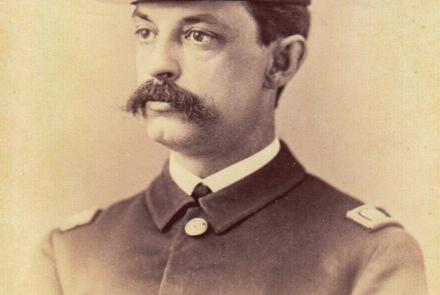Science vs. Pseudoscience
It is sometimes difficult for science to compete with pseudosciences that offer warmth and comfort to human beings. Isaac Asimov said it best: "Inspect every piece of pseudoscience and you will find a security blanket, a thumb to suck, a skirt to hold. What . . . does the scientist . . . have to offer in exchange? Uncertainty! Insecurity!"
Scientists seem to be wedded to uncertainty. They know that the conclusions they reach must be based on rational evidence and can never be more than tentative. New evidence may quite suddenly overthrow a long-held belief, and the old conclusion must be discarded. That is science.
Pseudoscientists, however, cling to conclusions with bone-crushing ferocity. They have no evidence worthy of the name to support those conclusions, but having come to a belief (particularly one that brings security and comfort) they hold on to it, even when it goes against logic and reason.
Medical quackery is probably the oldest pseudoscience (except, perhaps, for astrology). America's first great quack was Elisha Perkins (1740-1799). Perkins' theory was that metals draw diseases out of the body. In 1796 he patented a device of two metal rods which he called a "tractor." By drawing the tractor downward over the ailing part, the disease was yanked out. Perkins sold his tractors for five guineas apiece to such notables as George Washington, whose entire family used it. Of course, this was also the heyday of the common practice of "bleeding" patients.
It was not until 1906 that Congress got around to passing a law that required a modicum of accuracy on patent medicine labels. Until then, anybody could market a brand of snake oil that promised to cure any ailment from baldness to catarrh (which is what most practitioners called anything they couldn't diagnose).
Naturally, when a patient's health is seriously threatened, he will desperately seek out anything that may help him. Confronted with the ultimate crisis, he may reject orthodoxy and turn elsewhere. Such desperation has fattened cancer quackery. Of course, the quack has done such a good job of exuding sincerity and concern that the victim believes the phony treatment would have worked, had it only been started earlier.
Some modern pseudosciences border on the occult. A science fiction writer named Lafayette Ronald Hubbard invented a sort of do-it-yourself psychiatry called Dianetics in 1950. To avoid litigation, he changed this to the self-proclaimed "religion," Scientology, in 1955.
Scientology makes use of simple galvanometer (called an "E-meter" by Hubbard). Two empty tin cans are wired to a battery and to a gauge. When a person holds a can in each hand, the needle registers the skin's varying resistance to the battery's current. An "auditor" (a person somewhat further up the ladder than the patient or "pre-clear" who is holding the cans) asks questions, and when the needle wiggles, supposedly a matter of the gravest importance is being suppressed. The auditor then sets out in hot pursuit to flush the quarry.
Today, there are followers of the late L. Ron Hubbard's flummery world-wide. After the Mexico City earthquake of last September, a "rescue" team of Scientologists stormed many of the collapsed buildings, handing out pamphlets to anyone in sight and practicing Dianetic "first aid." This technique involved the manipulation and adjustment of the injured victim's spinal cord (which, of course, is the last thing that should be attempted). They also recited positive thoughts to unconscious victims.
Quackery is obviously not limited to the medical sciences. Even today, there are books being published about the hollow earth, for example. Literally hundreds of examples of present-day pseudoscience exist. Using the Mexico City earthquake again to cite just one, a group calling itself the National Seismic Investigations Center announced afterward that they had predicted the disaster (of course, they could produce no proof). The director of the group claims that they have developed a marvelous mathematical model (which is not presented) that accurately forecasts earthquakes. Further, he says, his organization has set up a seismic "early warning system" using gifted animals, "radiesthetic pendulums," and a mysterious detector made of chalk. With all this, they were able to prophesize that Mexico City would be all but wiped off the map by even more violent earthquakes sometime between November 1985 and April 1986.




